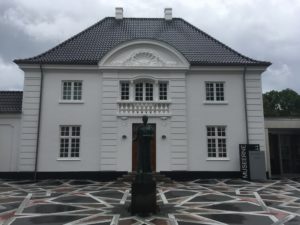
Ingeborg Svennevig is educated as an anthropologist. She has been the director and CEO of the Museums of Cultural History in Holstebro municipality since 2012. Ingeborg is especially interested in the stories that places and people can tell us, and in how history can help us creating room for debates about development in the present.
JB: You are in charge of very different museums. Can you tell us in short what each museum is about? What is the profile of each museum?
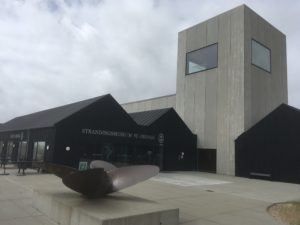
IS: Strandingsmuseum St. George is world history on the west coast. We tell the story of stranded ships and seamen and of their meeting with the people on the Danish west coast.
Holstebro Museum tells Danish history in a manner suited for Western Jutland. You may say, we tell history with a dialect. We focus on the stories of how people of our region were inspired by and did inspire the international community.
Hjerl Hede is an open air museum focused on rural living in the times before industrialization. We have transformed the collection of houses into a display of homes from different periods of Danish rural history – and we have done through research in the archives, so the people inhabiting the houses in Hjerl Hede have actually lived there once.
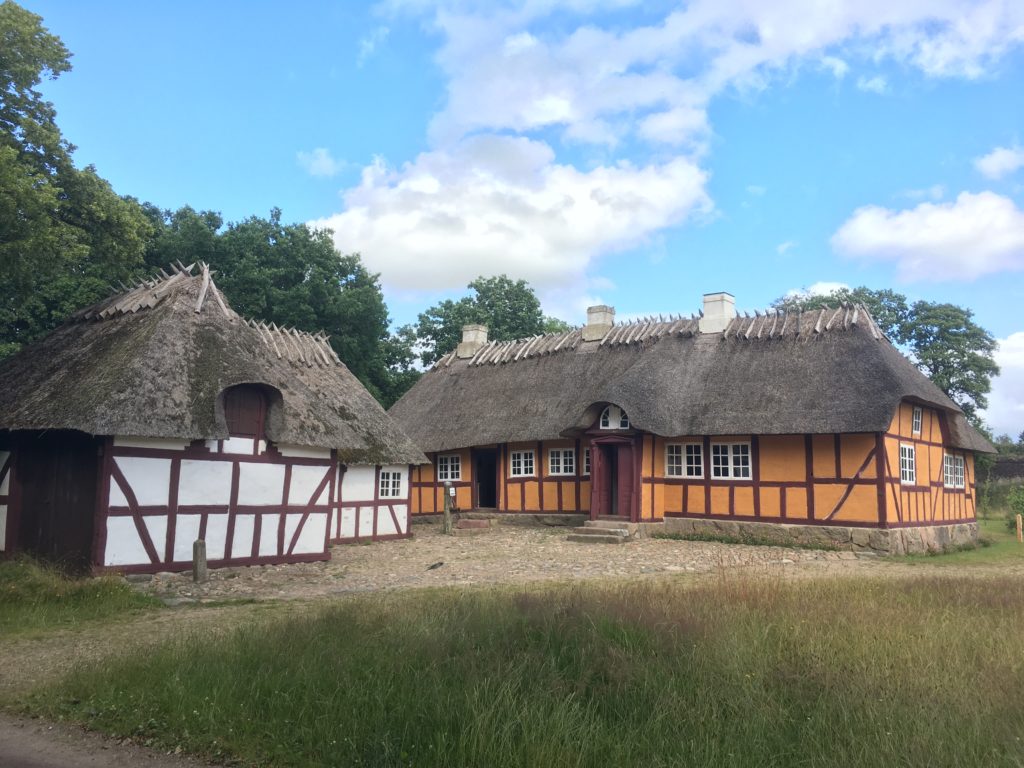
JB: At the moment, times are very difficult for museums. Have your museums been closed for a while? How do you deal with the corona crisis now? Is it the same for the three museums or are their differences?
IS: Yes, the museums were closed during the Corona Quarantine, from March 12th until May 23rd. At present we are still very aware of keeping our guests and employees safe from covid-19; and we maintain distance and offer possibilities for visiting the museums with clean hands: alcohol and gloves. The open air museum is special, because we have so much room there, and since May it has been relatively easy to keep a distance between the guests, The other two museums have a maximum limit as to how many visitors we can welcome at the same time; therefore, at few times during this summer, guests have had to wait for a short time at Strandingsmuseum St. George.
JB: Especially the Strandingsmuseum has a very interactive exhibition. How do you take the neccessary messures to achieve security for the visitors?
IS: We offer both alcohol and gloves for the guests. And we try to help guests keeping the distance, with the help from our staff and from volunteers.
JB: Are there few visitor than usual?
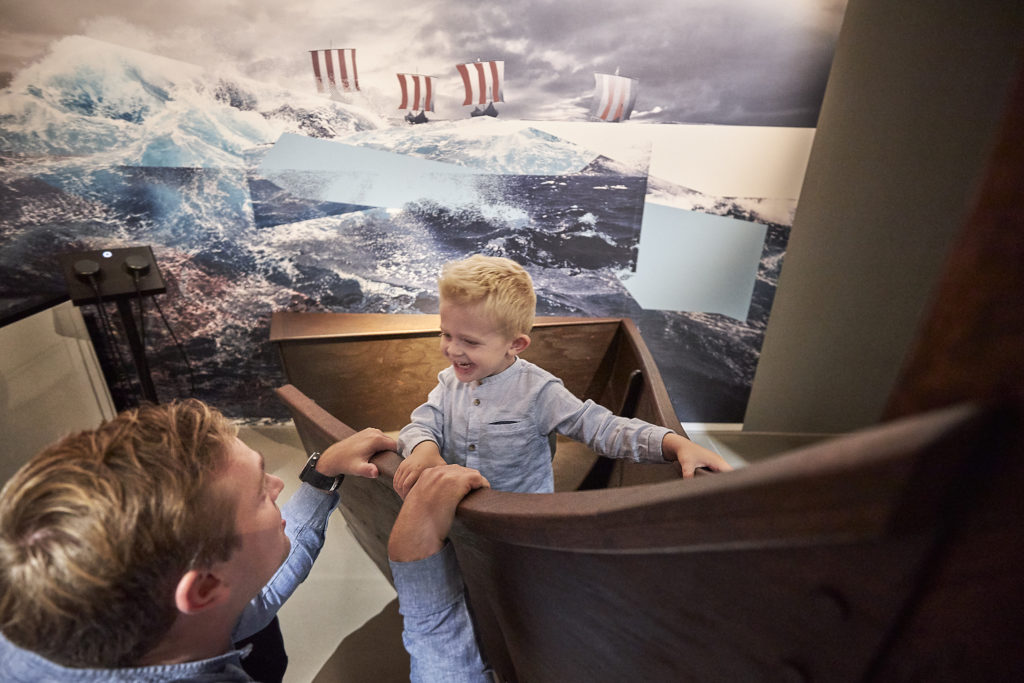
IS: We have had MORE guests than usual during the summer period this year. But before the holidays, and we fear also in September and October, we have had fewer guests. Both because fewer Germans visit the Danish West Coast this year, but also schools and groups are fewer.
JB: Are there any digital offers in your museums?
IS: In the exhibitions of Strandingsmuseum and Holstebro Museum we have a number of digital offers. They are all in at least two languages. In Strandingsmuseum everything is in three languages (Danish, German and English).
In the open air museum, we do not have much text, and no digital offers. Our point is that guests need to experience the museum with their senses and their fantasy.
JB: Do you use social media?
IS: All three museums have home pages, facebook accounts and Instagram.
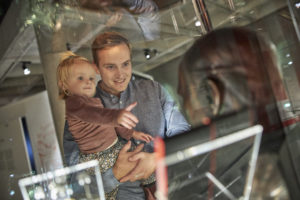
JB: Do you think that this crisis will change museums fundamently? In which way?
IS: I fear that we will be less willing to take risks, and to co-operate with untraditional partners, because our economy will be insecure for years to come. I hope that the crisis will lead to more clever solutions for what we call the digital museum; high quality story telling on the internet.
JB: What do you wish for the future of your museums?
IS: I wish that we will be able to continue being relevant comments to the present, using the past to show the significance of remote places and to create safe spaces for difficult debates.
JB: Dear Ingeborg, thank you very much for the interview!


